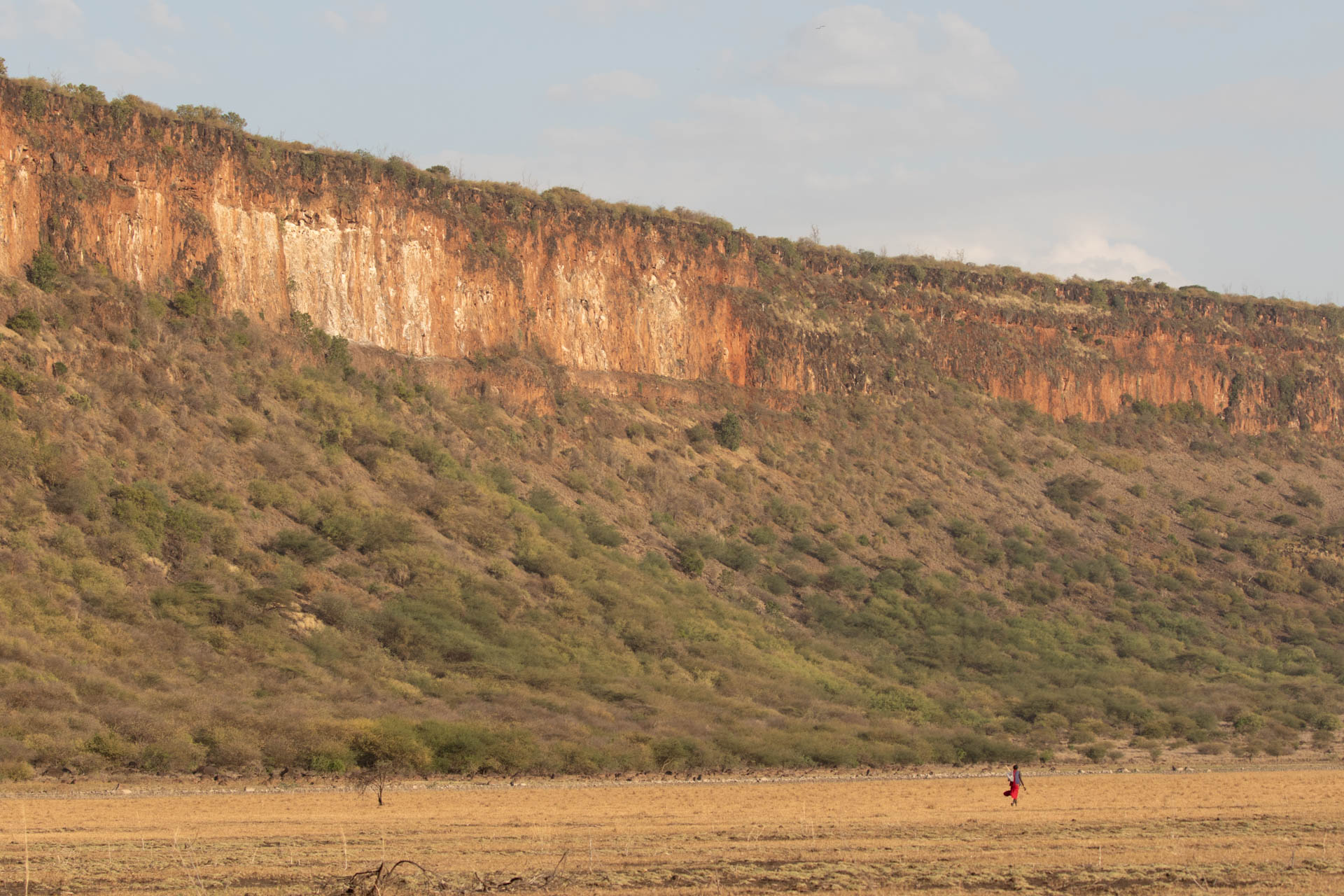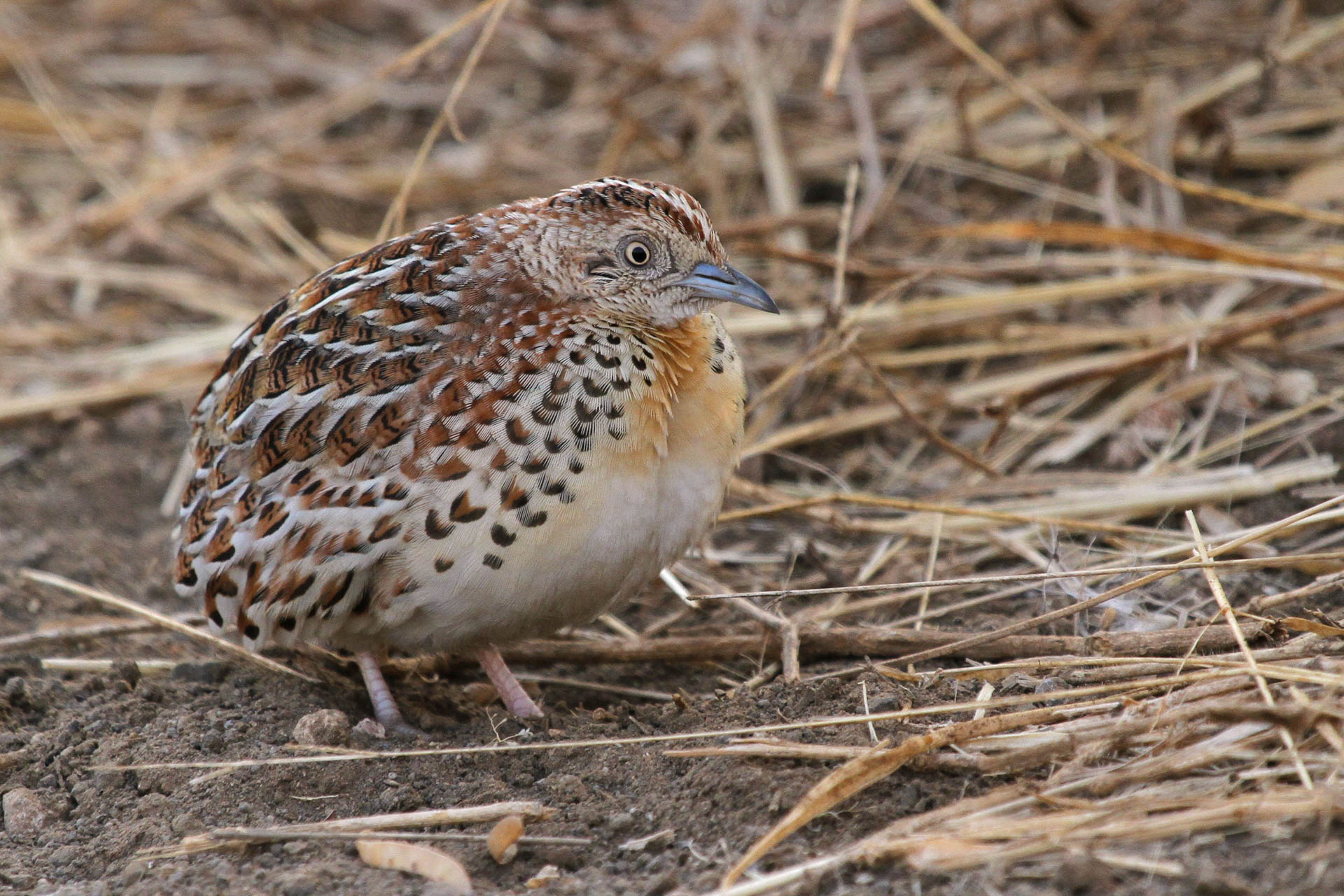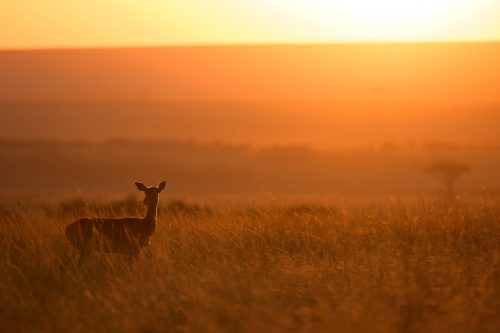
'Ooooooooom Oooooooooom Ooooooooom.'
A mysterious call emanated from the grasslands on the shores of Kenya’s Lake Kwenia. It travelled far in the cool night air, echoing hauntingly off the enormous cliff that forms the eastern boundary of the lake. I glanced over at Robert Kaai, the manager of the Kwenia Vulture Sanctuary, and casually asked him if he knew what bird was making that sound. A confused expression formed on his face, 'That isn’t a bird,' he said. I chuckled, thinking confidently that the call we heard was that of the unambiguous common buttonquail.

Robert followed confidently with, ‘It’s a kobe’, Swahili for tortoise. I laughed out loud, imagining a tortoise booming out a call to all the other tortoises at Kwenia. I questioned him repeatedly about why he would think that, to the best of my knowledge, the tortoise species we have in Kenya hardly make a sound. That evening, Robert explained that everyone in the community thinks this and encouraged me to play the call to the wazee (elders) of Kwenia at the Kwenia Vulture Sanctuary board meeting the following day to get their opinion.

The agenda for the board meeting changed immediately, and the following day, I produced my speaker and played the call we had heard the previous evening. The board consulted for a few seconds and unanimously agreed that the sound I was playing belonged to a tortoise. Perplexed, I asked if anyone had actually seen a tortoise make this noise. No one had… so I immediately placed a wager.

If someone could get me a video of a tortoise producing that noise, I would buy them a goat. It would be a fair challenge and a fair reward! I must admit that part of me also wants to win that goat. How cool would it be if there was a tortoise species unknown to science that was called a buttonquail? I guess time will tell.

No matter the outcome, we will still have a good story and something to chuckle about whenever we hear the ‘Oooooooooom ooooooooom oooooooom’ call of a buttonquail... or should I say tortoise.
A little bit about Kwenia: it is situated southwest of Nairobi, between the Mara and Amboseli. In KiMaa, kwenia means laughter, a fitting name for an area that has quickly become one of Stratton’s favourite community conservation areas in Kenya. A few years ago, the Kenya Bird of Prey Trust, whom the Angama Foundation supports, partnered with the Kwenia community to conserve critically endangered Rüppell’s vultures. The landscape of Kwenia is dominated by a dramatic cliff that is several kilometres long and is part of the eastern wall of the Great Rift Valley. Here, the largest breeding colony of Rüppell’s vultures nests in southern Kenya. From this rocky cliff, birds fly daily to the Mara ecosystem and to the Amboseli ecosystem to feed on the abundance of wildlife that Angama guests travel from around the world to see.
Filed under: East Africa Travel
Subscribe for Weekly Stories
Comments (2):
14 September 2024
Angama is an amazing camp I will be so happy when i get an opportunity to work in angama mara as a room attendant

Rates & Availability